Introduction:
Tuna salad is a popular and convenient meal option, known for its flavor and nutritional benefits. However, like any perishable food, it has a limited shelf life. Proper storage is crucial to ensure that it remains safe to eat and retains its quality. This comprehensive guide explores how long tuna salad lasts in the refrigerator, factors affecting its shelf life, and best practices for storage and safety.
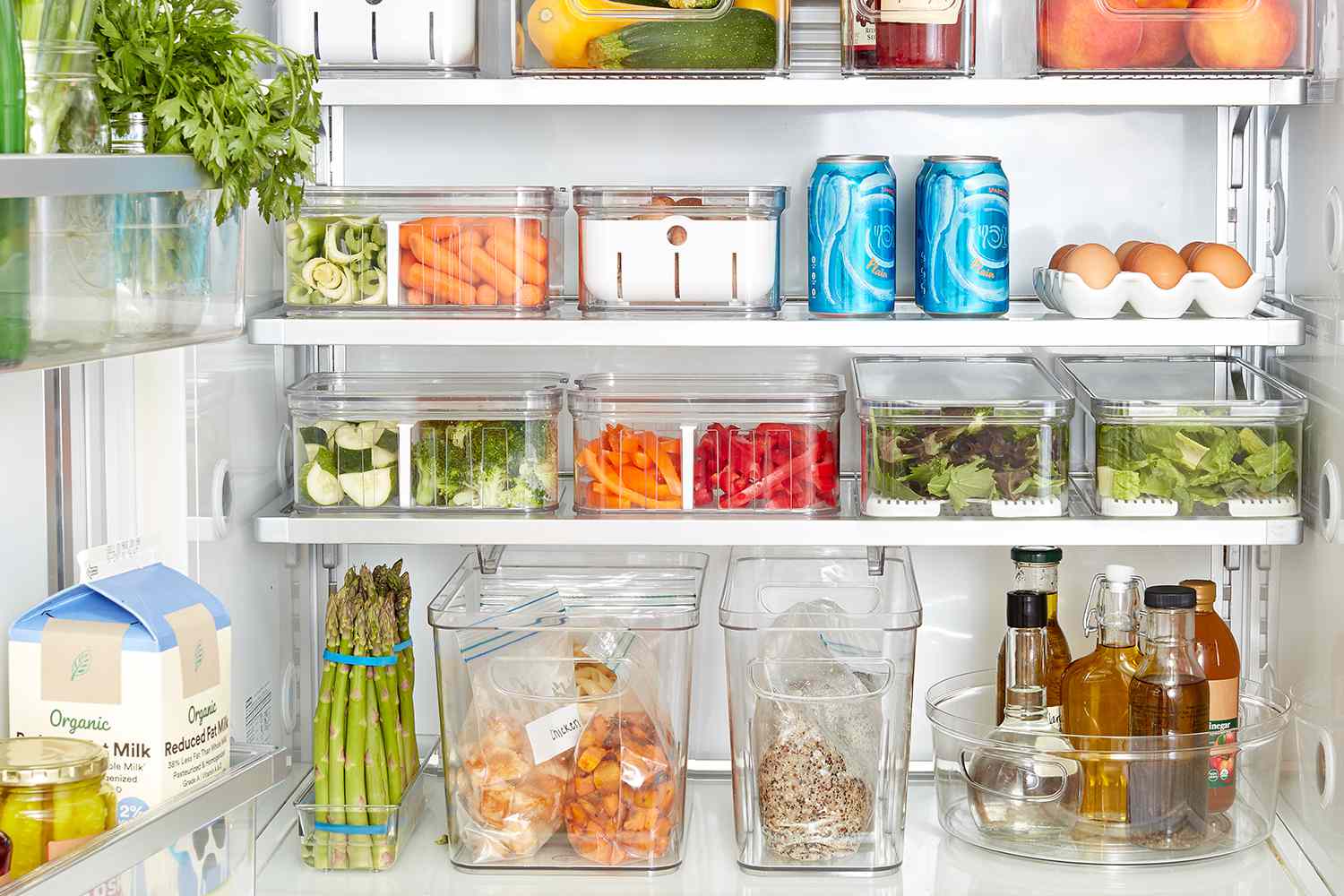
How Long Does Tuna Salad Last in the Refrigerator:
What Are the Best Practices for Storage?
Shelf Life of Tuna Salad:
How Long Can It Last?
Understanding the typical shelf life of tuna salad helps you plan your meals and avoid foodborne illnesses.
Typical Shelf Life: Tuna salad generally lasts for 3 to 5 days in the refrigerator when stored properly. This timeframe ensures that the salad remains safe to eat and retains its quality. After this period, the risk of bacterial growth and spoilage increases, making it unsafe to consume.
Factors Affecting Shelf Life:
What Influences Tuna Salad’s Longevity?
Several factors can influence the shelf life of tuna salad, including ingredients, storage conditions, and preparation methods.
Ingredients: The ingredients used in your tuna salad can affect its shelf life. For instance, adding highly perishable items like chopped eggs, mayonnaise, or yogurt can shorten the salad’s freshness. Conversely, using acidic ingredients like lemon juice or vinegar can help preserve the salad by creating an environment less conducive to bacterial growth.
Storage Temperature: Consistently storing tuna salad at the correct temperature is essential for maximizing its shelf life. The ideal temperature for storing perishable foods like tuna salad is 40°F (4.4°C) or lower. Storing the salad above this temperature increases the risk of bacterial growth and spoilage.
Preparation Method: The way you prepare your tuna salad also influences its longevity. Ensuring that all ingredients are fresh, washing vegetables thoroughly, and using clean utensils and surfaces are essential steps to reduce the risk of contamination and extend the salad’s shelf life.
Storage Container: Using the right storage container can help keep tuna salad fresh. Airtight containers are ideal because they prevent air and moisture from affecting the salad. Glass containers with tight-fitting lids or high-quality plastic containers are effective options.
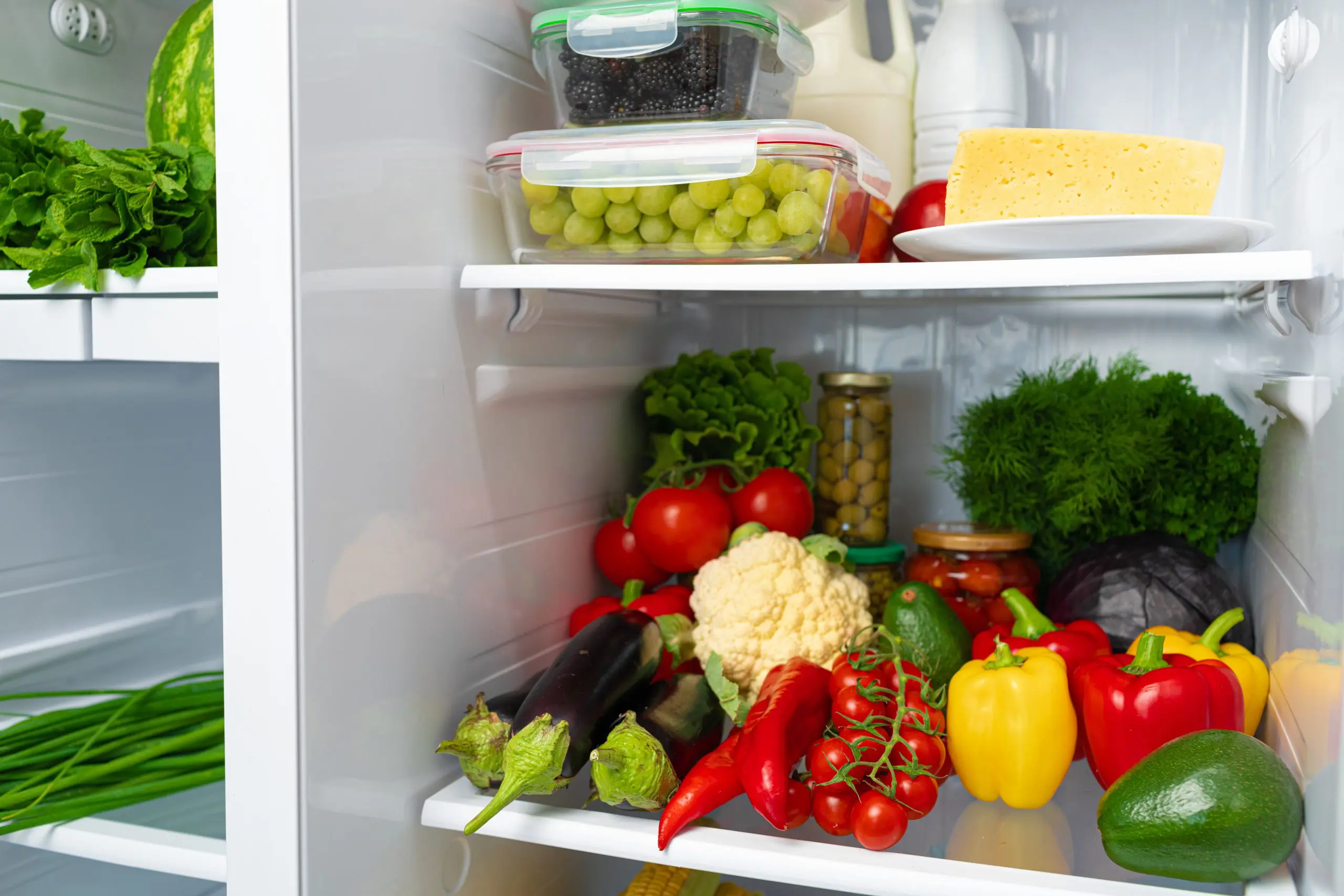
Proper Storage Practices:
How to Store Tuna Salad in the Fridge?
Following proper storage practices helps ensure that your tuna salad remains safe and fresh for as long as possible.
Use Airtight Containers: Store tuna salad in an airtight container to prevent exposure to air and moisture, which can accelerate spoilage. Glass containers with tight-fitting lids are an excellent choice, as they do not absorb odors or flavors. High-quality plastic containers can also be used, provided they are sealable and food-safe.
Label and Date: Label the container with the date you made the tuna salad to keep track of its freshness. This practice helps you monitor how long the salad has been stored and ensures you consume it within the safe timeframe.
Place in Coldest Part of Fridge: Store the tuna salad in the coldest part of your refrigerator, typically at the back of the main compartment. Avoid storing it in the door, as the temperature fluctuates more frequently when the door is opened and closed.
Avoid Cross-Contamination: When storing tuna salad, keep it away from raw meats, seafood, and other potential sources of contamination. Using separate shelves or containers helps prevent cross-contamination and preserves food safety.
Monitor Fridge Temperature: Regularly check the temperature of your refrigerator to ensure it remains at or below 40°F (4.4°C). Using a refrigerator thermometer provides accurate readings and helps maintain optimal storage conditions.
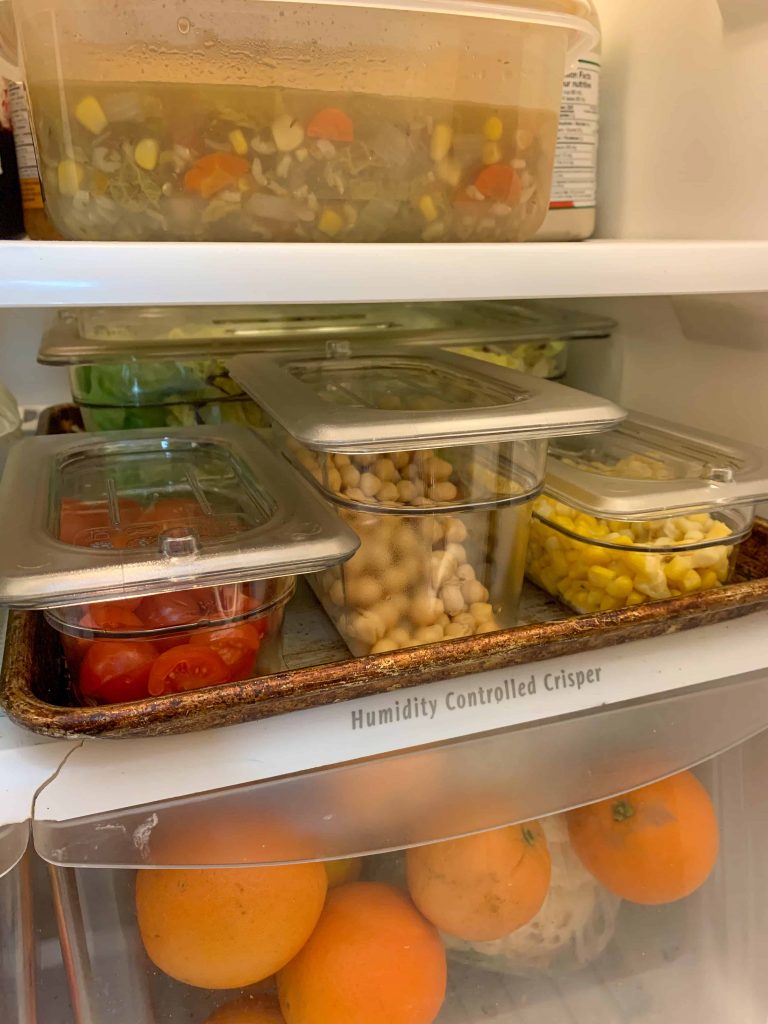
Leftovers Management:
What to Do with Leftover Tuna Salad?
Handling leftovers properly ensures that they remain safe to consume and minimizes food waste.
Consume Promptly: Ideally, try to consume leftover tuna salad within 1 to 2 days of preparing it. This helps ensure maximum freshness and quality. The longer the salad is stored, the more its flavor and texture can degrade.
Avoid Refreezing: Do not refreeze tuna salad once it has been thawed. Freezing and thawing can affect the texture and safety of the salad. Instead, refrigerate leftovers and consume them within the recommended timeframe.
Evaluate Before Eating: Before consuming leftover tuna salad, check for signs of spoilage, such as changes in color, texture, or smell. If the salad appears off or has an unusual odor, it is safer to discard it.
Signs of Spoilage:
How to Tell If Tuna Salad Has Gone Bad?
Recognizing signs of spoilage helps you avoid eating potentially unsafe tuna salad.
Visual Inspection: Check the appearance of the tuna salad. Signs of spoilage include discoloration, such as browning or yellowing, and the presence of mold. Fresh tuna salad should have a consistent color and texture.
Smell Test: Spoiled tuna salad often has a sour or off odor. Fresh tuna salad has a mild, pleasant aroma. If the salad smells fishy, sour, or otherwise unpleasant, it is best to discard it.
Texture Changes: Spoiled tuna salad may have a slimy or watery texture. Fresh tuna salad should be slightly moist but not overly wet or slimy. Texture changes can indicate bacterial growth and spoilage.
Taste Test: If unsure about the freshness of your tuna salad, taste a small amount. Spoiled salad will have an off or sour taste. If the taste is not right, it is best to discard the entire salad to avoid potential foodborne illness.
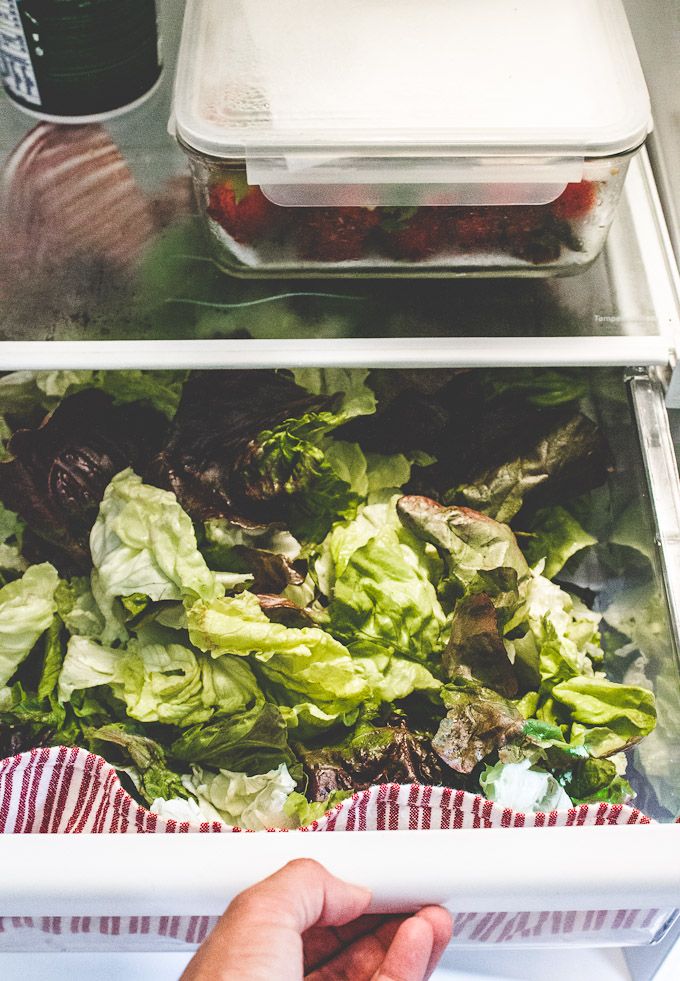
Freezing Tuna Salad:
Can You Extend Its Shelf Life?
Freezing can extend the shelf life of tuna salad, but it is important to consider the impact on quality.
Freezing Process:
Preparation: Before freezing, ensure that the tuna salad is fresh and has been stored properly. Portion the salad into individual servings to make thawing easier and to prevent refreezing.
Containers: Use freezer-safe containers or heavy-duty freezer bags to store the tuna salad. Remove as much air as possible to prevent freezer burn and maintain the quality of the salad.
Label and Date: Label the containers with the date of freezing and contents. This helps you keep track of storage times and ensures you use the frozen salad within a reasonable timeframe.
Storage Duration: Frozen tuna salad can last up to 2 to 3 months in the freezer. However, the texture and flavor may be slightly affected upon thawing. Consume frozen tuna salad within this period for the best quality.
Thawing Process:
Refrigerator Thawing: Thaw frozen tuna salad in the refrigerator overnight. This slow thawing process helps maintain the quality and texture of the salad. Once thawed, consume the salad within 1 to 2 days.
Avoid Room Temperature Thawing: Do not thaw tuna salad at room temperature, as this can lead to uneven thawing and increase the risk of bacterial growth. Always thaw in the refrigerator for safety.
Adapting Recipes:
What Ingredients Can Improve Shelf Life?
Certain ingredients can help extend the shelf life of tuna salad by creating an environment less conducive to bacterial growth.
Acidic Ingredients: Adding acidic ingredients like lemon juice, vinegar, or pickles can help preserve the tuna salad. The acidity creates an inhospitable environment for bacteria and can extend the salad’s shelf life.
Low-Moisture Vegetables: Using low-moisture vegetables, such as celery and carrots, can help maintain the quality and texture of the salad. High-moisture vegetables, like tomatoes and cucumbers, can make the salad watery and reduce its shelf life.
Alternative Binders: Consider using alternative binders like Greek yogurt or a vinaigrette instead of mayonnaise. These options can help improve the salad’s freshness and reduce the risk of spoilage.
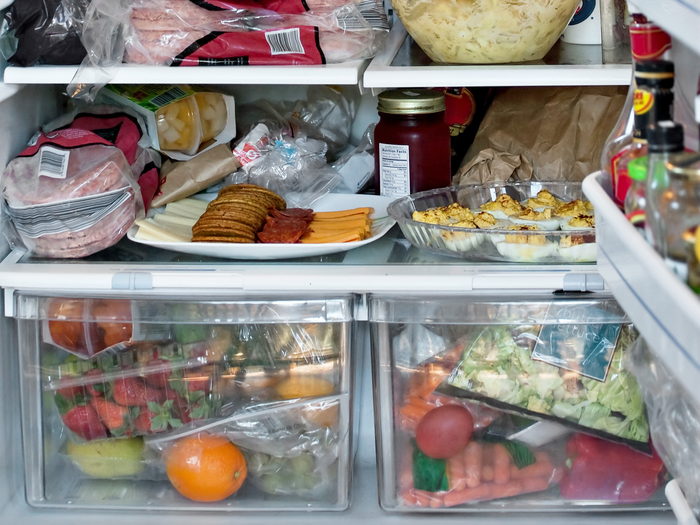
Additional Tips:
How to Enhance Food Safety and Quality?
Incorporating a few additional tips can further enhance the safety and quality of your tuna salad.
Hygiene: Maintain good hygiene practices during preparation, including washing hands thoroughly, using clean utensils, and sanitizing food preparation surfaces. This reduces the risk of contamination and extends the salad’s shelf life.
Portion Control: Prepare and store tuna salad in small batches to ensure it is consumed within the recommended timeframe. This practice helps maintain freshness and minimizes waste.
Use Fresh Ingredients: Use the freshest possible ingredients when making tuna salad. Fresh vegetables, high-quality tuna, and fresh mayonnaise or yogurt contribute to the overall quality and shelf life of the salad.
Refrigerate Promptly: Refrigerate tuna salad promptly after preparation. Avoid leaving it at room temperature for more than 2 hours (1 hour in hot weather) to minimize the risk of bacterial growth.
Conclusion
Tuna salad typically lasts for 3 to 5 days in the refrigerator when stored correctly. Factors such as ingredients, storage temperature, preparation methods, and storage containers influence its shelf life. Adhering to proper storage practices, including using airtight containers, labeling with dates, and maintaining an optimal refrigerator temperature, helps ensure food safety and freshness. Recognizing signs of spoilage, such as changes in color, smell, and texture, is crucial for preventing foodborne illnesses. Freezing can extend the shelf life of tuna salad, but may affect its quality. By incorporating best practices and learning from user experiences, you can enhance the storage, safety, and enjoyment of your tuna salad.
